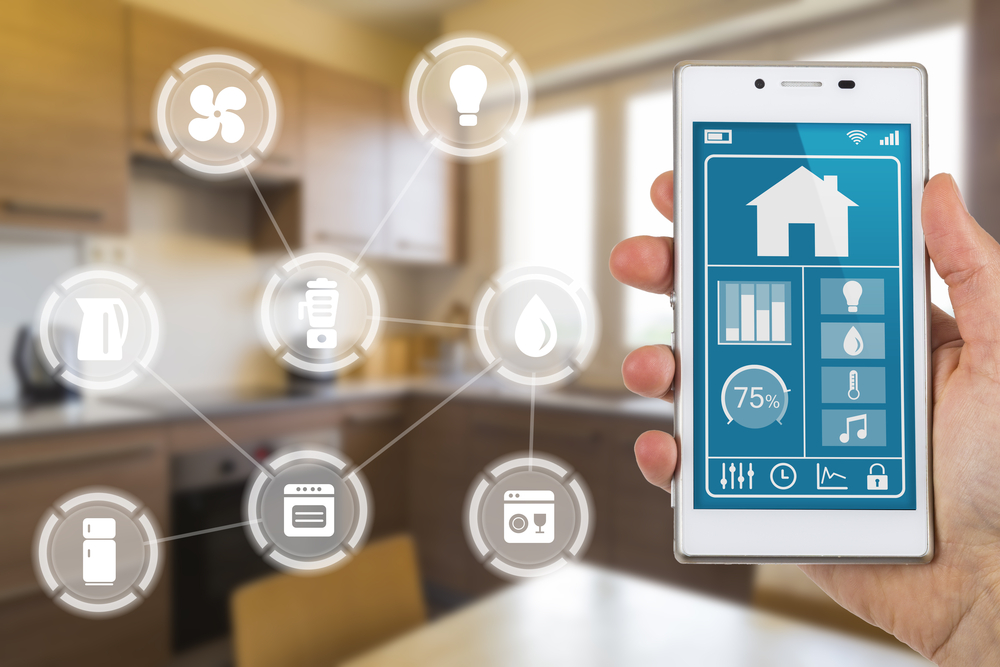The Internet of Things (IoT) is rapidly changing and shaping today’s modern digital world, as well as laying the groundwork for our future. As such, the growth rate of IoT and connected devices shows no signs of slowing down. In fact, according to Statista, the global smart home market is forecasted to reach almost $60 billion and Gartner Research reports that spending on IoT security is expected to reach $547 million in 2018.
Vendors within the IoT arena will have to start to differentiate themselves as the demand for and number of these devices grow. A recent article, An Overview of Open Standards for IoT Communication Protocols, points out that there will be a subsequent explosion of vendors seeking to make our homes, factories, vehicles and healthcare more connected and thus “smarter.” As that occurs, there are a number of protocols consumers should look for when thinking about IoT devices.
This “connection” of devices can serve to improve our daily lives, creating innovative ways for our world to work together. Things like self driving cars are already in play, and soon our homes will be full of devices that, with the right standards, will be able to work seamlessly together. As both the article and several posts from this blog point out, open standards are the way to create interoperability between devices from different vendors. But communication between these devices, while benefiting from standardization, are also at risk for attack. In response, the industry has created a variety of IoT communication protocols and standards “designed to simplify IoT designs and increase the ability of vendors to innovate quickly.”
The recent article outlines these protocols, which you’ll see a brief description of below. While this is just a general look at the protocols, the article provides more in depth explanations.
OPC-UA
OPC Unified Architecture is an industrial machine-to-machine (M2M) communication protocol for interoperability developed by OPC Foundation.
AMQP
The Advanced Message Queuing Protocol is an OASIS standard or specification for application layer protocol in message-oriented middleware.
CoAP
The Constrained Application Protocol (CoAP) is a specialized web transfer protocol for use with resource constrained devices and networks (in IoT). CoAP is designed based on RFC 7252 for M2M applications such as smart energy and building automation.
XMPP
Extensible Messaging and Presence Protocol (formerly Jabber) is a communications protocol for message-oriented middleware. The core specifications for XMPP are developed at the Internet Engineering Task Force (IETF). Various server and client implementations are available for review at http://xmpp.org/software/.
DDS
Data Distribution Service (DDS) is a machine-to-machine (M2M) middleware standard promoted by Object Management Group (OMG) that aims to enable scalable, real-time, dependable, high-performance and interoperable data exchanges between publishers and subscribers,that is, for M2M communication.
In the end, open standards are the best way to create the standards necessary for industry progress. However, finding the best protocol for networked solutions is something that many in IoT and other engineering fields have had to deal with for many years. The technical requirements are only one side of the coin. The protocol within the device must also meet what Tim Mackey refers to as the Minimum Success Criteria to avoid even the possibility of a security recall
If you are interested in this topic further, see also: How we can’t build the IoT without open standards.
To become an OpenStand advocate please review the OpenStand Principles.

